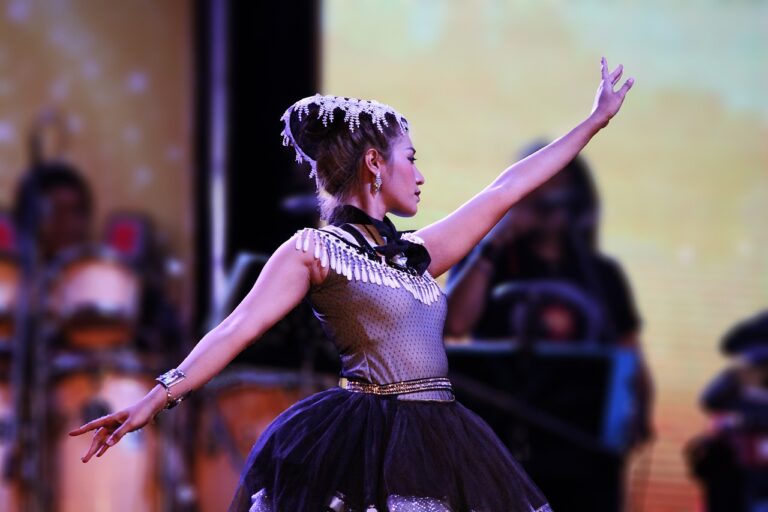Fashion and Cultural Appropriation: Addressing Cultural Sensitivity in Fashion Design
Fashion is more than just clothing; it is a form of expression deeply rooted in cultural significance. Each culture around the world has its own unique traditions, symbols, and meanings that are reflected in the clothes people wear. From the vibrant colors of African prints to the intricate embroidery of Indian saris, fashion serves as a visual language that conveys heritage and history.
By understanding the cultural significance behind different fashion styles, we can appreciate the diversity and richness of traditions from various parts of the world. Fashion becomes a way to celebrate and honor the stories and craftsmanship of different cultures, fostering a sense of connection and respect across borders. Embracing cultural diversity in fashion not only enhances our sartorial choices but also promotes inclusivity and understanding in the global community.
The Impact of Cultural Appropriation in Fashion
Cultural appropriation in fashion is a contentious issue that continues to spark debates within the industry and beyond. When designers and brands draw inspiration from traditional elements of a particular culture without acknowledging or respecting its significance, it can lead to harmful consequences. This can perpetuate harmful stereotypes, strip away cultural heritage, and commodify sacred symbols for profit.
Moreover, cultural appropriation in fashion can also exacerbate power imbalances and inequalities. When dominant cultures pluck elements from historically marginalized communities and present them as trendy or fashionable, it not only erases the lived experiences of those communities but also reinforces systems of oppression. This exploitation can further marginalize already disenfranchised groups and perpetuate a cycle of cultural exploitation within the fashion industry.
Cultural appropriation in fashion can perpetuate harmful stereotypes and commodify sacred symbols for profit
It can strip away cultural heritage and disrespect the significance of traditional elements
Power imbalances and inequalities are exacerbated when dominant cultures exploit historically marginalized communities for trendiness
This exploitation erases the lived experiences of marginalized groups and reinforces systems of oppression within the fashion industry
Respecting Traditional Garments and Textiles
Traditional garments and textiles hold deep cultural significance and history within communities around the world. These pieces often represent important rituals, customs, and beliefs that have been passed down through generations. When these items are worn or used outside of their intended context, it can diminish their cultural value and disrespect the traditions they symbolize.
It is essential for fashion designers and consumers alike to approach traditional garments and textiles with sensitivity and respect. By educating themselves on the cultural background of these items and honoring their significance, individuals can celebrate diversity and promote cultural appreciation rather than appropriation. It is crucial to acknowledge the origins of these garments and textiles, giving credit to the communities and artisans who have created them with care and craftsmanship.
What is the importance of understanding cultural significance in fashion?
Understanding cultural significance in fashion is important because it helps to respect and appreciate the history, traditions, and values behind traditional garments and textiles.
What is cultural appropriation in fashion?
Cultural appropriation in fashion refers to the adoption of elements of a minority culture by members of a dominant culture without proper acknowledgment or understanding of the cultural significance.
How can we respect traditional garments and textiles?
We can respect traditional garments and textiles by learning about their cultural significance, honoring the traditions and values they represent, and giving credit to the communities that have created them.
Why is it important to avoid cultural appropriation in fashion?
It is important to avoid cultural appropriation in fashion because it can perpetuate stereotypes, disrespect the cultures from which the designs originate, and undermine the significance of traditional garments and textiles.
How can we support and promote traditional garments and textiles?
We can support and promote traditional garments and textiles by purchasing from artisans and designers belonging to the culture, educating ourselves and others about their significance, and advocating for respectful representation in the fashion industry.







